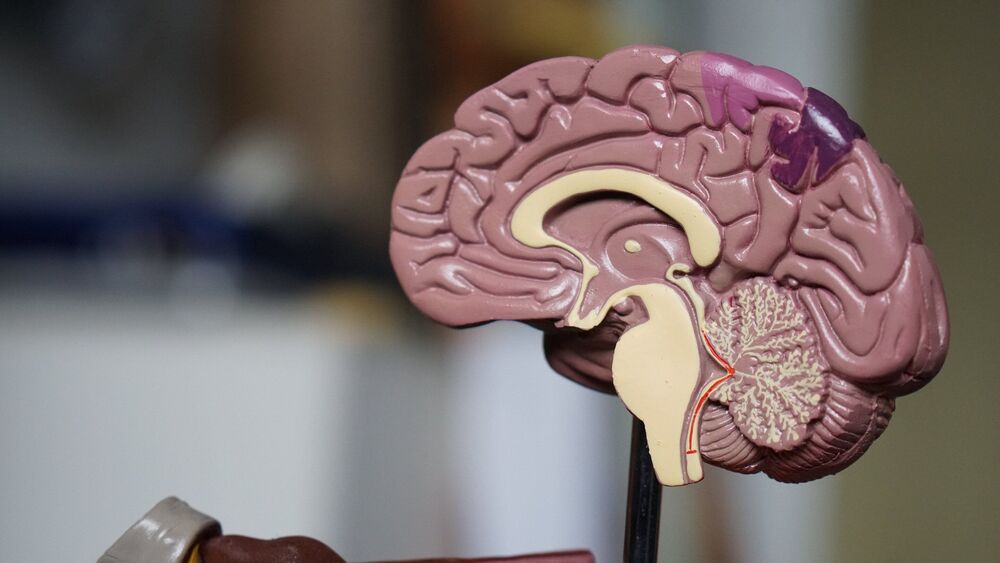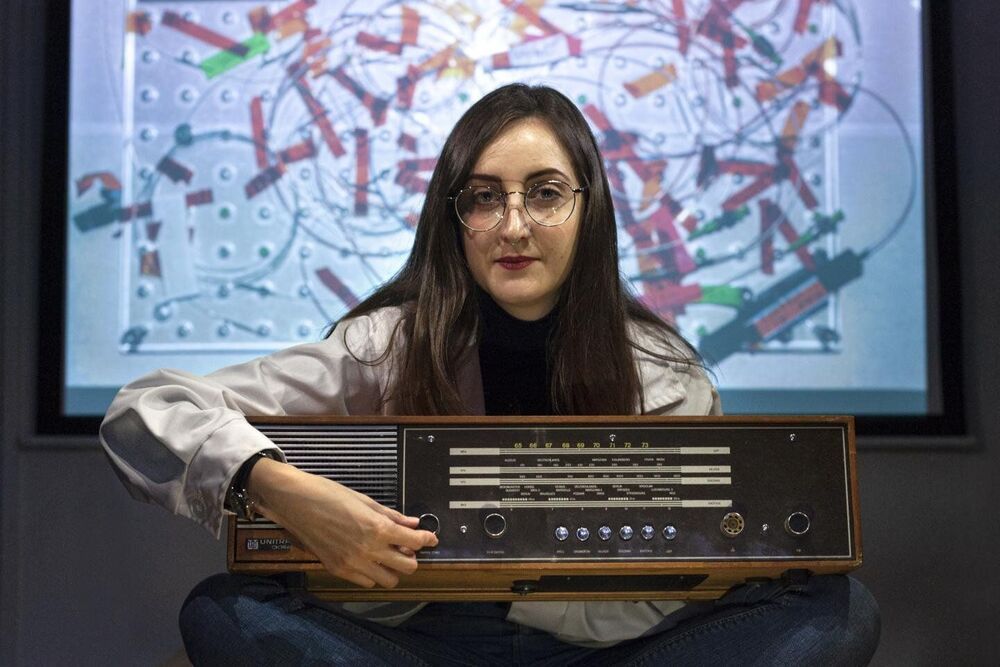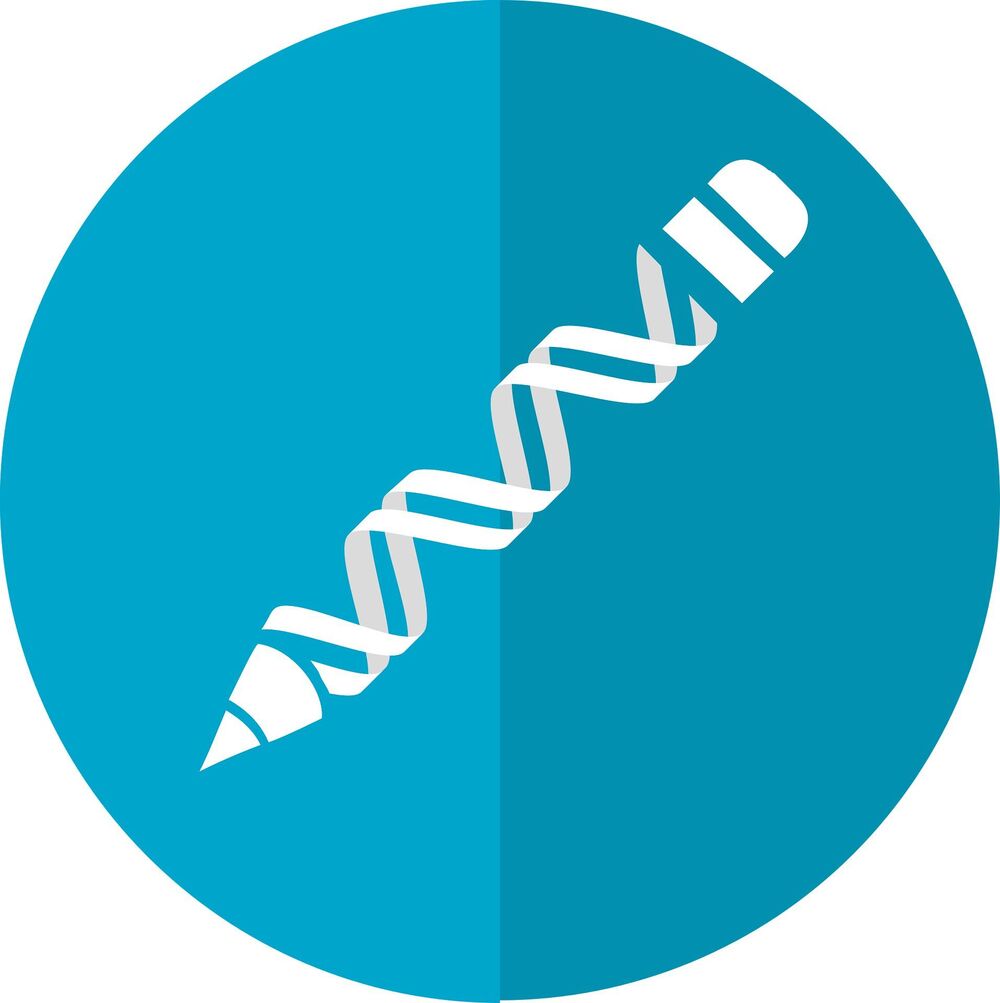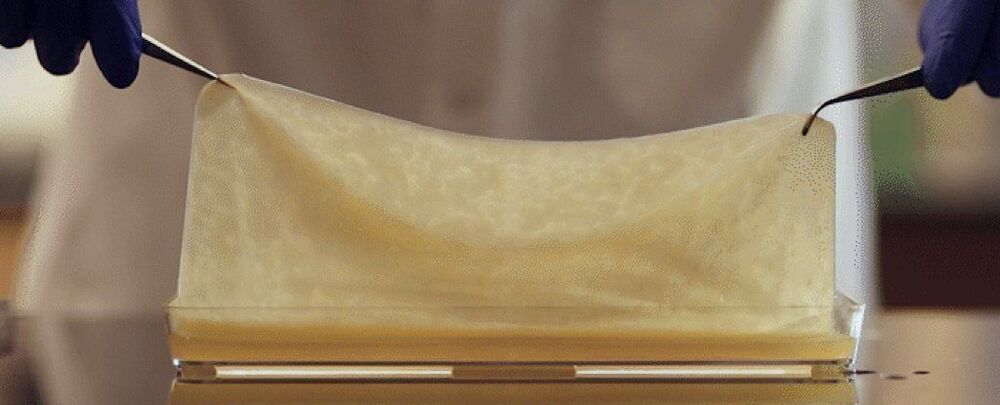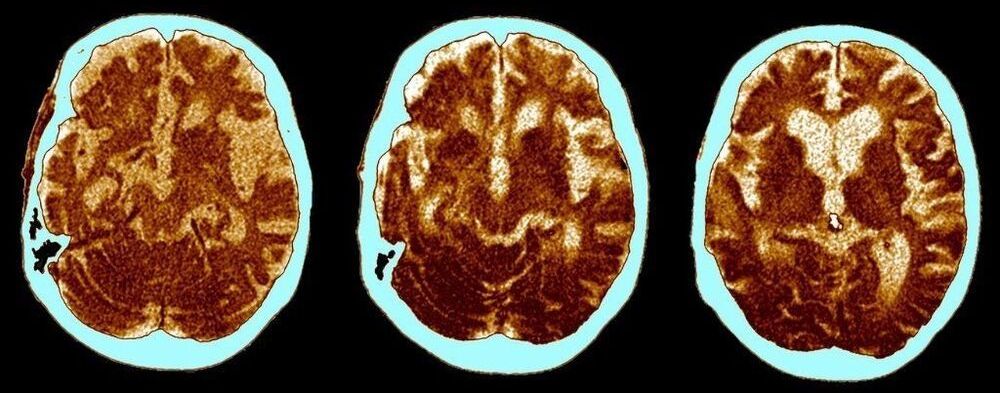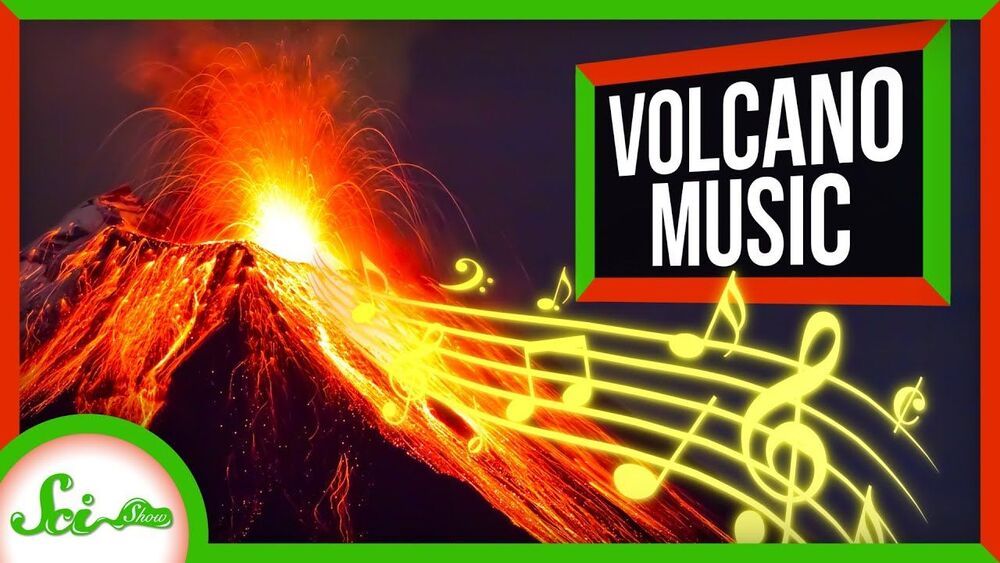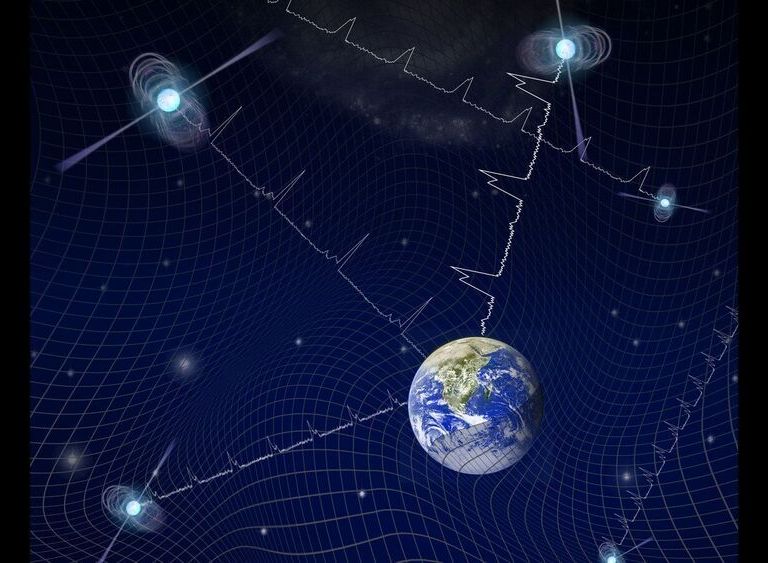The men are reportedly doing well one year on, but there is no way to confirm that the unpublished treatment using ‘reprogrammed’ stem cells works. The two men are reportedly doing well one year on, but there is no way to confirm that the unpublished treatment using ‘reprogrammed’ stem cells works.
When we experience a new event, our brain records a memory of not only what happened, but also the context, including the time and location of the event. A new study from MIT neuroscientists sheds light on how the timing of a memory is encoded in the hippocampus, and suggests that time and space are encoded separately.
In a study of mice, the researchers identified a hippocampal circuit that the animals used to store information about the timing of when they should turn left or right in a maze. When this circuit was blocked, the mice were unable to remember which way they were supposed to turn next. However, disrupting the circuit did not appear to impair their memory of where they were in space.
The findings add to a growing body of evidence suggesting that when we form new memories, different populations of neurons in the brain encode time and place information, the researchers say.
Would you like to capture a chemical transformation inside a cell live? Or maybe revolutionize microchips’ production by printing paths in a layer that has a thickness of just 100 nanometers? These and many other goals can now be achieved with the latest femtosecond laser created by a team of scientists led by Dr. Yuriy Stepanenko.
These days, there is a multitude of laser light sources. They each have their characteristics and different applications, such as observing stars, treating illnesses, and surface micro-machining. “Our goal is to develop new ones,” says Yuriy Stepanenko, head of the team of Ultrafast Laser Techniques at the Institute of Physical Chemistry of the Polish Academy of Sciences. “We deal with sources that produce ultrashort pulses of light. Really very, very short—femtosecond pulses (that’s a part of a second with 15 zeros after the decimal point). This is the scale on which, for example, intracellular chemical reactions take place. To see them, we have to ” take a photo” in this very short time. And thanks to the new laser, we can do just that.
We can also use our source for the very precise removal of materials from various surfaces without destroying them, says the scientist. We could, for example, clean the Mona Lisa using this method without damaging the layers of paint. We would only remove dust and dirt, a layer about 10 nanometers thick, explains Dr. Stepanenko, one of the authors of a study recently published in the Journal of Lightwave Technology.
Biotechnologists at Delft University of Technology have built an artificial chromosome in yeast. The chromosome can exist alongside natural yeast chromosomes, and serves as a platform to safely and easily add new functions to the micro-organism. Researchers can use the artificial chromosome to convert yeast cells into living factories capable of producing useful chemicals and even medicines.
Biotechnologists from all over the world are trying to engineer yeast cells and other micro-organisms such that they can produce useful substances. To do this, they have to make adjustments to the existing genetic material of the cell. For example, they insert a number of genes into the yeast genome using CRISPR-Cas9, or switch off existing genes, thereby gradually transforming yeast cells into ‘cell factories’ that produce useful substances.
The disadvantage of this method is that it is not possible to make all the necessary changes at once, but that several rounds of genetic manipulation are needed. This is time-consuming. Additionally, multiple sessions of DNA-tinkering using CRISPR-Cas9 can lead to mutations that disrupt (essential) functions. The result of this could be, for instance, that the metabolism of the cell is disrupted, causing problems with growth and division.
Circa 2019 o.o
Google today announced the launch of its Osaka region, its second cloud region in Japan and seventh in Asia Pacific. With this, the company now offers its users a total of 20 regions, all of which feature at least three availability zones.
In Japan, the Osaka region joins Google’s Tokyo region and will offer lower latencies for local customers, Google notes, though Tokyo and Osaka are obviously pretty close, so that’s likely not a big difference. For businesses in Japan, having two geographically separate regions is a major boon as far as being able to add additional redundancies and disaster recovery is concerned, though.
“Two cloud regions in-country provide improved business continuity planning with distributed, secure infrastructure needed to meet IT and business requirements for disaster recovery,” Google Cloud CEO Thomas Kurian writes in today’s announcement.
Scientists have created new kinds of ‘living materials’ by tweaking the base ingredients of kombucha – the popular tea drink fermented with a symbiotic culture of bacteria and yeast (aka SCOBY).
This kind of ‘tea fungus’ – sometimes called ‘kombucha mother’ – can do a lot more than just produce sour-tasting beverages, it seems.
By modifying the mixture of the culture, researchers were able to make engineered living materials (ELMs) that could one day have all sorts of practical applications, such as sensing light or detecting contaminants.
How many particles do you need before individual atoms start behaving collectively? According to new research, the number is incredibly low. As few as six atoms will start transitioning into a macroscopic system, under the right conditions.
Using a specially designed ultra-cold laser trap, physicists observed the quantum precursor of the transition from a normal to a superfluid phase – offering a way to study the emergence of collective atomic behaviour and the limits of macroscopic systems.
Many-body physics is the field that seeks to describe and understand the collective behaviour of large numbers of particles: a bucket of water, for example, or a canister of gas. We can describe these substances in terms of their density, or their temperature – the way the substance is acting as a whole.
Alzheimer’s Disease (AD) is probably more diverse than our traditional models suggest.
Postmortem, RNA sequencing has revealed three major molecular subtypes of the disease, each of which presents differently in the brain and which holds a unique genetic risk.
Such knowledge could help us predict who is most vulnerable to each subtype, how their disease might progress and what treatments might suit them best, potentially leading to better outcomes.
You might not think of volcanoes as particularly musical, but they do actually generate infrasound! And scientists may be able to use that sound to help predict when a volcano is about to erupt.
Hosted by: Michael Aranda.
SciShow has a spinoff podcast! It’s called SciShow Tangents. Check it out at http://www.scishowtangents.org.
———
Support SciShow by becoming a patron on Patreon: https://www.patreon.com/scishow.
———
Huge thanks go to the following Patreon supporters for helping us keep SciShow free for everyone forever:
Silas Emrys, Jb Taishoff, Bd_Tmprd, Harrison Mills, Jeffrey Mckishen, James Knight, Christoph Schwanke, Jacob, Matt Curls, Sam Buck, Christopher R Boucher, Eric Jensen, Lehel Kovacs, Adam Brainard, Greg, Ash, Sam Lutfi, Piya Shedden, KatieMarie Magnone, Scott Satovsky Jr, charles george, Alex Hackman, Chris Peters, Kevin Bealer.
Scientists have used a “galaxy-sized” space observatory to find possible hints of a unique signal from gravitational waves, or the powerful ripples that course through the universe and warp the fabric of space and time itself.
The new findings, which appeared recently in The Astrophysical Journal Letters, hail from a U.S. and Canadian project called the North American Nanohertz Observatory for Gravitational Waves (NANOGrav).
For over 13 years, NANOGrav researchers have pored over the light streaming from dozens of pulsars spread throughout the Milky Way Galaxy to try to detect a “gravitational wave background.” That’s what scientists call the steady flux of gravitational radiation that, according to theory, washes over Earth on a constant basis. The team hasn’t yet pinpointed that target, but it’s getting closer than ever before, said Joseph Simon, an astrophysicist at the University of Colorado Boulder and lead author of the new paper.

